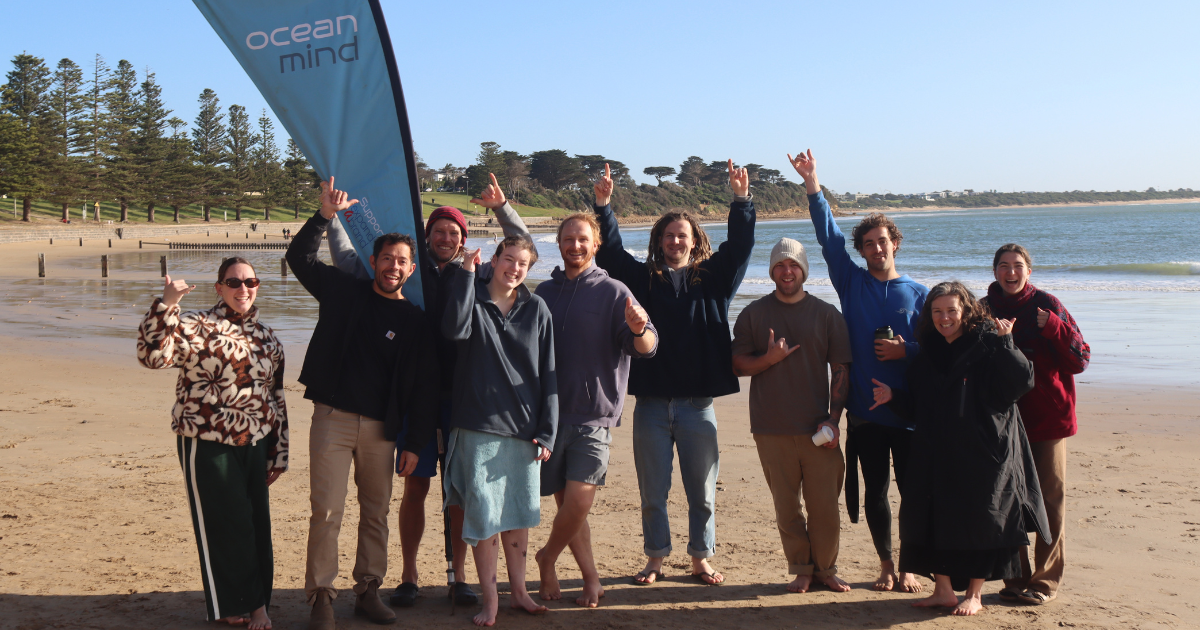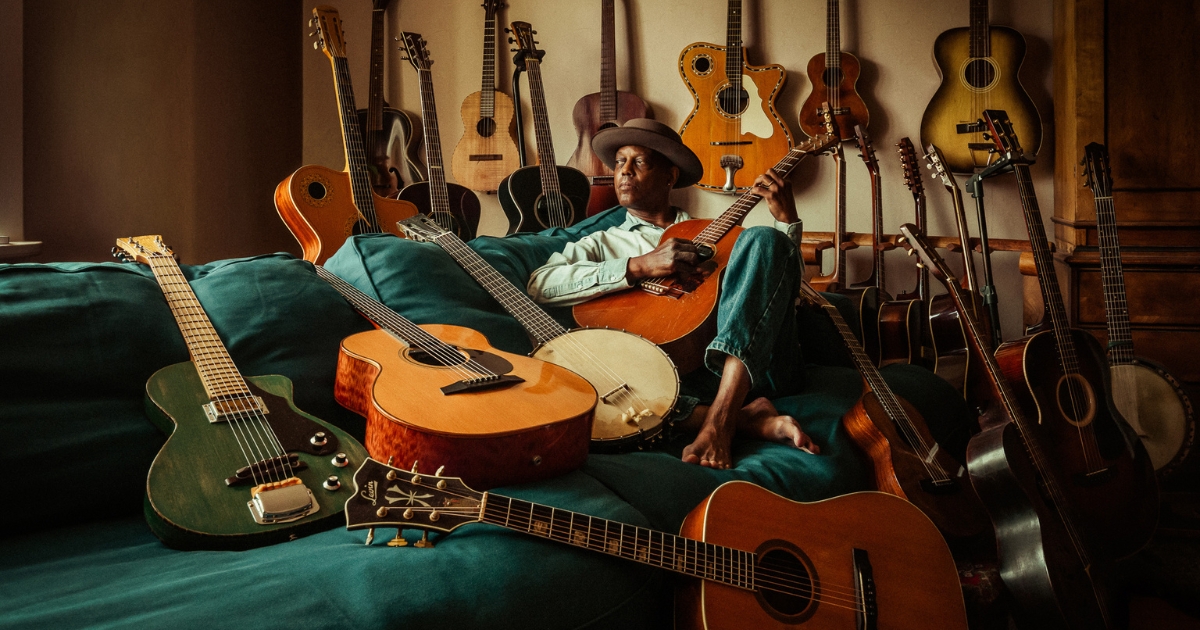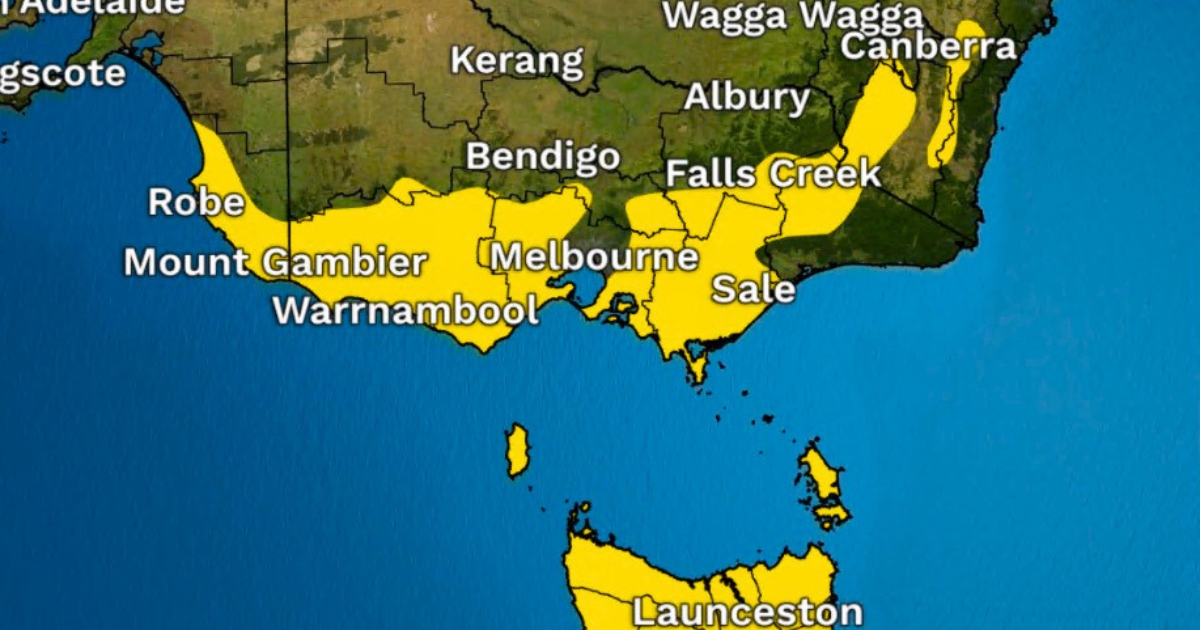Great start to nesting season
A LOCAL volunteer group is hopeful for this year’s hooded plover breeding season, with four nests already being monitored in the Surf Coast region.
‘Friends of the Hooded Plover, Surf Coast’ is a volunteer group that monitors and works to protect the endangered beach-nesting shorebirds.
Regional group co-ordinator Janice Carpenter, who oversees the monitoring of hooded plover nests from Torquay to Moggs Creek, said this year three nests had already been located in Anglesea, and one in Aireys Inlet.
“The season has just started, but for our area to have four nests already is miraculous,” Ms Carpenter said.
“Typically here in our area we don’t actually get chicks until late in January.
“But we’re really hopeful that we can get fledglings early on this year.”
During the August to March breeding season, one pair will often attempt to rear chicks more than four times.
Without human help, hooded plovers have a less than a 3 per cent chance of surviving from egg to adult.
Last breeding season, only seven fledglings survived along the Surf Coast and Bellarine Peninsula.

Ms Carpenter said that now that restrictions have eased in regional Victoria, once the fledglings hatch, volunteers will be rostered on the beach to check on the chicks and help educate beach goers.
“I’m finding that people are much more aware of the situation than they used to be, and much more caring,” Ms Carpenter said.
Hooded plover nests above the high tide level, making them vulnerable to disturbance and threats such as foxes, birds-of-prey and off-leash dogs.
Friends of the Hooded Plover work closely with Birdlife Australia and coastal land managers to put up fencing and signage around the nesting birds.
Birdlife Australia’s beach-nesting birds co-ordinator Meghan Cullen said beach goers can help protect hooded plovers by walking close to the waters edge and putting dogs on leashes.
“Dogs are a really significant threat to the birds, and something that is really easy to make a difference on,” Ms Cullen said.
“The main thing beach-users can do is to look out for these temporary fenced-off areas and follow the instructions on the signs.”
Ms Cullen said educating volunteers and beach goers has been a significant part of Birdlife Australia’s work in protecting the endangered birds.
“We’re always really keen to have people get involved.” Ms Cullen said.
Those interested in volunteering can find out more by heading to birdlife.org.au/beach or emailing [email protected]


















